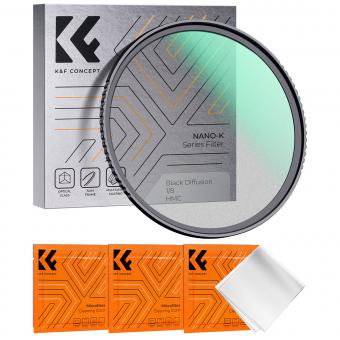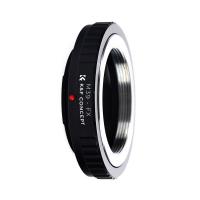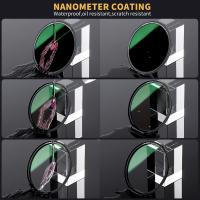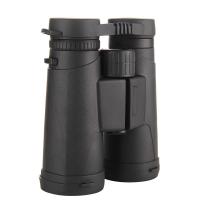How To Clean Your Microscope?
To clean your microscope, start by using a soft brush or compressed air to remove any loose debris from the exterior and the lenses. Then, use a lens tissue or a soft, lint-free cloth with a small amount of lens cleaning solution to gently wipe the lenses in a circular motion. Be careful not to press too hard or use excessive force, as this can damage the lenses. Finally, ensure that all parts are completely dry before reassembling the microscope. Regular cleaning and maintenance will help to ensure that your microscope continues to provide clear and accurate results.
1、 Proper Disassembly and Cleaning Techniques
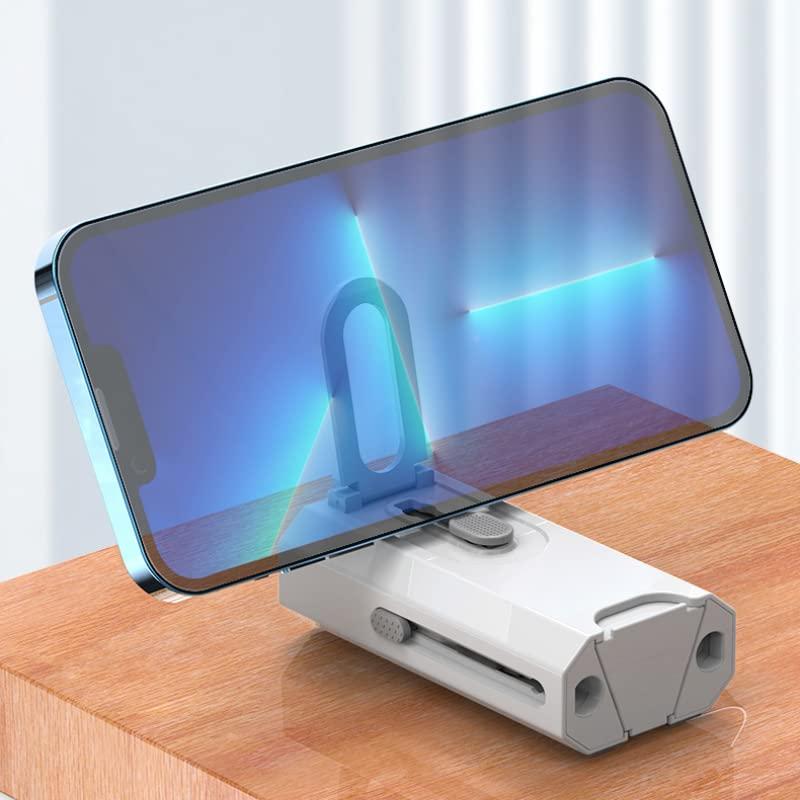
Proper Disassembly and Cleaning Techniques for Microscopes
Microscopes are essential tools in scientific research, medical diagnostics, and education. To ensure their optimal performance, it is crucial to clean and maintain them regularly. Here are the proper disassembly and cleaning techniques for microscopes:
1. Turn off the microscope and unplug it from the power source to ensure safety during the cleaning process.
2. Remove any slides, specimens, or accessories from the microscope stage and set them aside.
3. Use a soft brush or compressed air to remove any dust or debris from the exterior of the microscope, including the eyepieces, objective lenses, and stage.
4. Carefully disassemble the microscope according to the manufacturer's instructions. This may involve removing the eyepieces, objective lenses, and other removable parts.
5. Clean the individual components using a mild detergent solution and a soft, lint-free cloth. Avoid using harsh chemicals or abrasive materials that could damage the delicate optics.
6. Pay special attention to the objective lenses, as they are critical for image quality. Use lens cleaning paper and a gentle touch to remove any smudges or debris.
7. Reassemble the microscope carefully, ensuring that all components are properly aligned and secured.
8. Once reassembled, perform a visual inspection and test the microscope to ensure that it is functioning correctly.
The latest point of view emphasizes the use of environmentally friendly cleaning solutions and materials to minimize the impact on the environment. Additionally, it is recommended to refer to the specific manufacturer's guidelines for cleaning and maintenance, as different microscope models may have unique requirements. Regular cleaning and maintenance are essential for prolonging the lifespan of microscopes and ensuring accurate and reliable results in scientific and medical applications.
2、 Cleaning Solutions and Materials

Cleaning Solutions and Materials
When it comes to cleaning your microscope, it's important to use the right solutions and materials to ensure that you maintain its functionality and accuracy. Here are some tips on how to clean your microscope effectively:
1. Use a soft, lint-free cloth: When wiping down the exterior of the microscope, use a soft cloth to remove any dust or debris. Avoid using abrasive materials that could scratch the surface of the microscope.
2. Isopropyl alcohol: For cleaning the lenses and eyepieces, use a solution of isopropyl alcohol and distilled water. This will help to remove any smudges or fingerprints without leaving behind residue or streaks.
3. Compressed air: Use compressed air to remove any dust or particles from the nooks and crannies of the microscope. This can help to prevent buildup and ensure that the microscope remains in good working condition.
4. Lens cleaning paper: When cleaning the lenses, use lens cleaning paper specifically designed for optical equipment. This will help to remove any dirt or oil without scratching the delicate surfaces.
5. Latest point of view: With the ongoing concerns about hygiene and cleanliness, it's important to ensure that the microscope is thoroughly cleaned and disinfected between uses, especially in shared laboratory settings. Using disinfectant wipes or solutions that are safe for optical equipment can help to minimize the risk of cross-contamination.
By following these guidelines and using the appropriate cleaning solutions and materials, you can ensure that your microscope remains in optimal condition and continues to provide accurate results.
3、 Cleaning the Objective Lenses
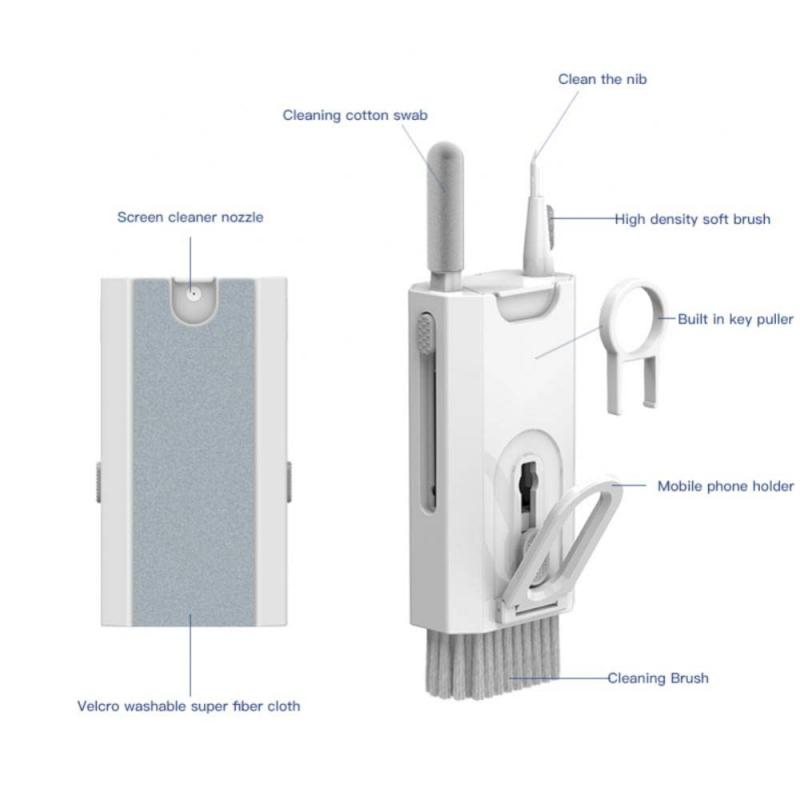
Cleaning the Objective Lenses
To clean the objective lenses of your microscope, follow these steps:
1. Turn off the microscope and remove any slides or specimens from the stage.
2. Use a blower brush to gently remove any loose dust or debris from the objective lenses. This will help prevent scratching the lenses during the cleaning process.
3. Moisten a lens cleaning tissue or a microfiber cloth with a small amount of optical lens cleaner. Avoid using regular cleaning solutions or alcohol, as these can damage the lens coatings.
4. Gently wipe the objective lenses in a circular motion, starting from the center and moving outwards. Be careful not to apply too much pressure, as this can cause damage to the lenses.
5. If there are stubborn stains or smudges, you can use a small amount of lens cleaning solution directly on the lens, but be sure to wipe it off completely with a dry portion of the cleaning tissue or cloth.
6. Inspect the lenses under a light to ensure they are clean and free of any streaks or residue.
7. Once the lenses are clean, reassemble the microscope and store it in a clean, dry place.
It's important to note that the latest point of view on cleaning objective lenses emphasizes the use of gentle, non-abrasive cleaning materials and techniques to avoid damaging the delicate lens coatings. Additionally, regular cleaning and maintenance of the microscope, including the objective lenses, is essential to ensure optimal performance and accurate results.
4、 Cleaning the Eyepieces
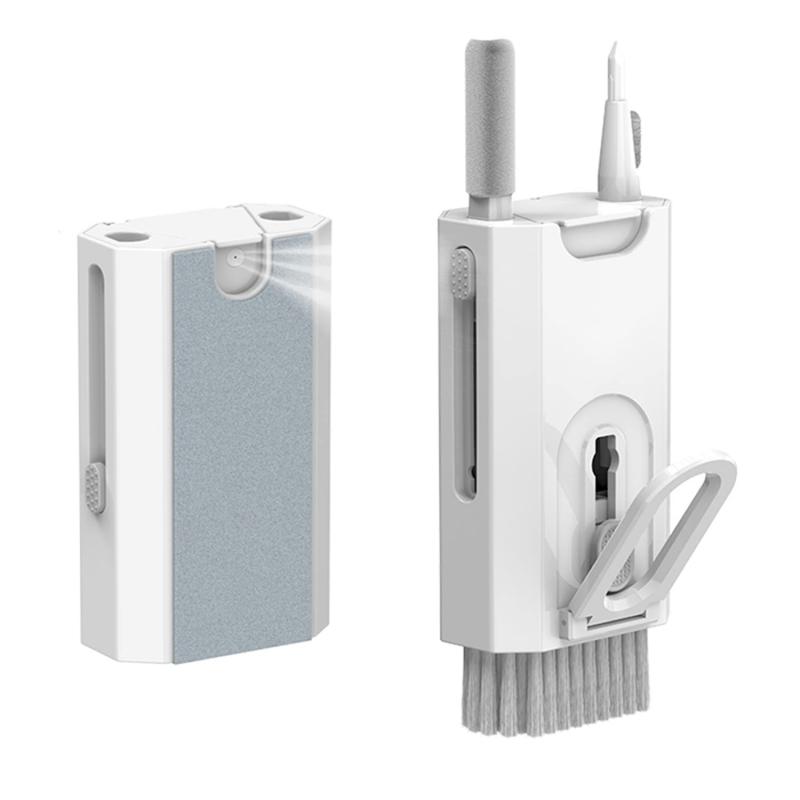
To clean the eyepieces of your microscope, follow these steps:
1. Start by removing the eyepieces from the microscope. This can usually be done by gently twisting and pulling them out of their housing.
2. Use a soft, lint-free cloth or lens paper to gently wipe the eyepieces. Avoid using rough or abrasive materials that could scratch the glass.
3. If there are stubborn smudges or dirt on the eyepieces, you can moisten the cloth or lens paper with a small amount of lens cleaning solution or isopropyl alcohol. Be sure to use a minimal amount of liquid to avoid damaging the eyepieces.
4. Gently wipe the eyepieces in a circular motion, being careful not to apply too much pressure.
5. Once the eyepieces are clean, allow them to air dry for a few moments before reattaching them to the microscope.
It's important to note that proper cleaning of microscope eyepieces is crucial for maintaining the quality of your observations. Additionally, with the ongoing COVID-19 pandemic, it's essential to ensure that all equipment, including microscopes, is regularly cleaned and disinfected to prevent the spread of germs and viruses.
By following these steps, you can ensure that your microscope eyepieces remain in optimal condition, allowing for clear and accurate observations during your experiments and research.








